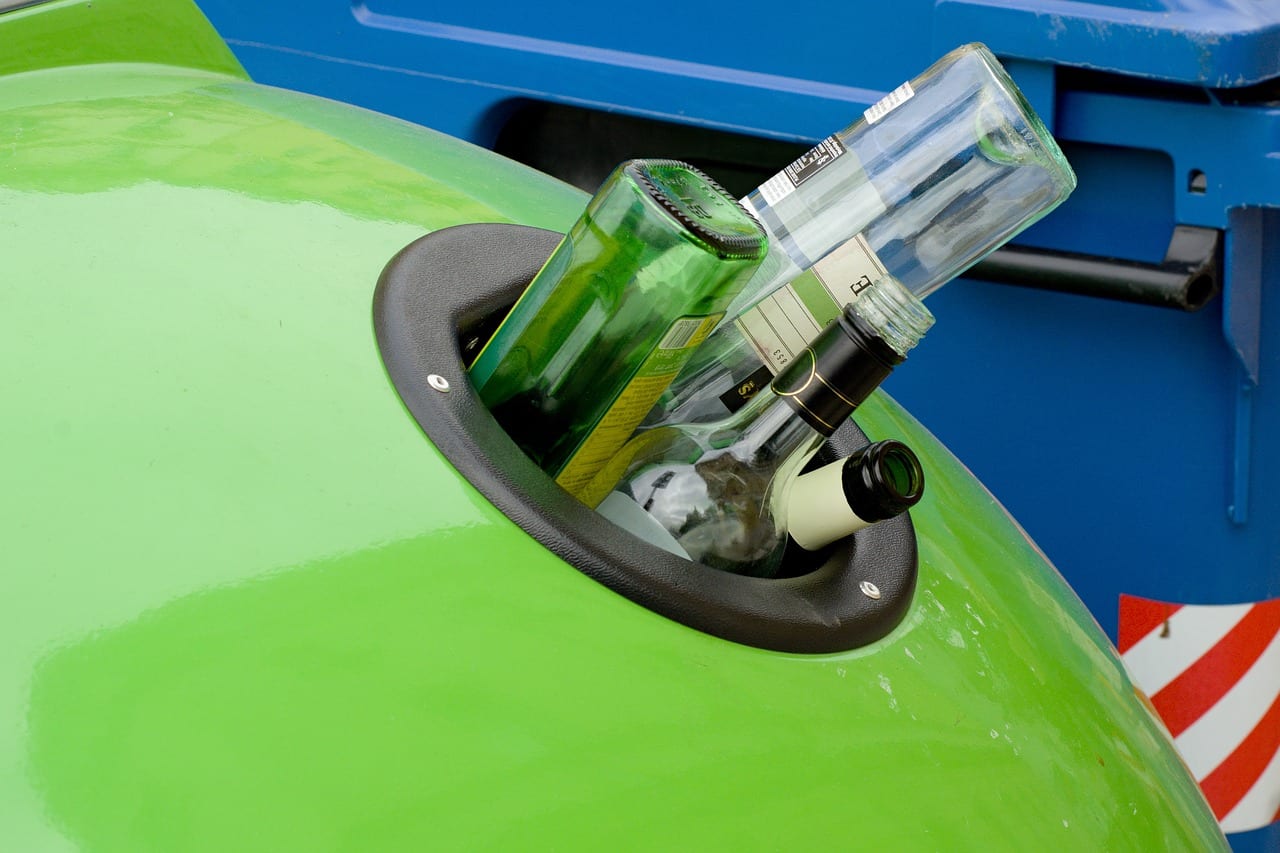Why Choose To Drink Beer In A Glass Bottle?
Choosing a glass bottle for your beer is never a bad idea. Here are just a couple reasons why.

Providing a mechanism that allows residents to recycle glass bottles and jars is the first step in the glass recycling process.
Glass bottles and jars are an integral part of any community recycling program. They’re 100% recyclable and can be recycled endlessly without any loss in purity or quality. Recycling glass containers saves energy, conserves resources, and diverts this valuable resource from landfill. Plus, consumers expect glass to be included in their local recycling program.
A July 2016 comprehensive survey conducted by the Sustainable Packaging Coalition of nearly 2,000 community recycling programs, placed access to glass beverage container recycling at 81% nationwide. This is 20 percentage points above the 60% Federal Trade Commission threshold for general recyclability claims and labeling, issued through the agency’s Green Guides.
View a list of State Recycling Organizations (SROs). This list was developed by GPI to provide information to individuals, communities, municipalities and businesses seeking information on where and how to recycle glass. As recycling is often a local issue, the SROs have a wealth of in-state information on collection, sorting, processing and end markets for recycled glass. This list is current as of June, 2015.
Follow these simple steps when recycling glass bottles and jars. Keep out non-container glass and other contaminants to ensure the glass you recycle is able to be used to make new glass bottles.
Most glass bottles and jars recycled in the community are collected through curbside or drop-off recycling programs.
In 10 states, glass bottles are collected through a mandatory beverage container deposit program. Residents pay a deposit on glass bottles and other containers and then return them to a collection center for redemption. According to the Container Recycling Institute, states with bottle bills have an average glass container recycling rate of just over 63%.
Laws and deposit amounts differ from state to state, but all tend to:
Improve the quality of glass collected for recycling.
Increase the percentage of containers going to bottle-to-bottle recycling.
Exclude some glass containers (like wine and liquor bottles).